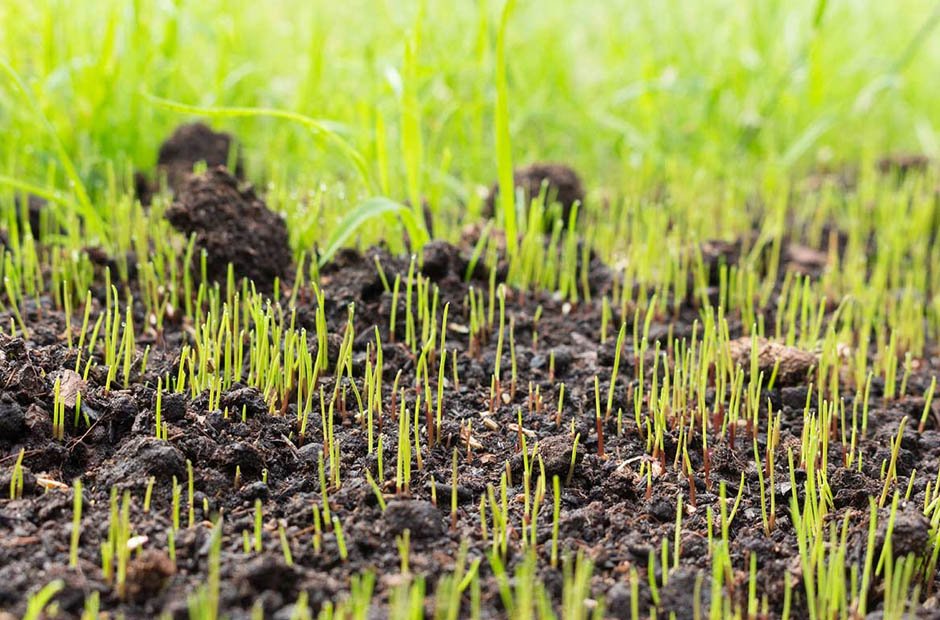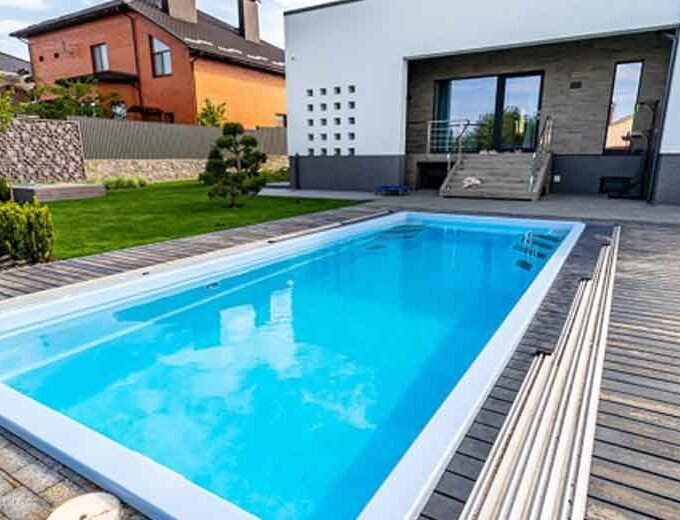When it comes to growing a beautiful, healthy lawn, many homeowners and landscapers focus on choosing the right grass seed. While selecting the appropriate seed is crucial, it’s only part of the equation. The quality of the soil in which the seed is planted plays an equally vital role in determining the success of your lawn. In this post, we’ll explore the impact of soil quality on grass seed germination and provide tips for optimizing your soil to achieve the best possible results.
Understanding the Basics: What is Soil Quality?
Soil quality refers to the ability of soil to support plant growth and sustain biological productivity. High-quality soil provides the right balance of nutrients, structure, pH levels, and moisture retention needed for healthy plant growth. When it comes to grass seed germination, soil quality can make the difference between a thriving, green lawn and a patchy, struggling one.
Key factors that define soil quality include:
- Nutrient Content: The availability of essential nutrients like nitrogen, phosphorus, and potassium.
- Soil Structure: The arrangement of soil particles and the spaces between them, which affect root growth and water movement.
- pH Level: The acidity or alkalinity of the soil, which influences nutrient availability.
- Moisture Retention: The soil’s ability to hold and release water, critical for seed germination and root development.
- Organic Matter: Decomposed plant and animal material that enhances soil fertility and structure.
How Soil Quality Affects Grass Seed Germination
The journey from seed to seedling is a delicate process, and soil quality has a direct impact on each stage of germination. Here’s how various aspects of soil quality influence grass seed germination:
Nutrient Availability
The Role: Grass seeds require nutrients to fuel their initial growth. Essential nutrients like nitrogen, phosphorus, and potassium are critical for root development, energy transfer, and overall plant health.
The Impact: If the soil is deficient in these nutrients, seeds may fail to germinate, or the seedlings may emerge weak and vulnerable to disease. A well-fertilized soil provides the necessary nutrients to kickstart the germination process.
Soil Structure
The Role: Soil structure affects how easily grass roots can penetrate the soil and how well the soil can retain moisture and air. Good soil structure promotes deep root growth, which is essential for a resilient lawn.
The Impact: Compacted or clay-heavy soils can prevent roots from growing properly, leading to poor seedling establishment. On the other hand, sandy soils may drain too quickly, leaving seeds without the moisture they need to germinate.
pH Level
The Role: The pH level of soil influences the availability of nutrients. Most grasses prefer a slightly acidic to neutral pH (around 6.0 to 7.0).
The Impact: If the soil pH is too high (alkaline) or too low (acidic), certain nutrients become less available, which can hinder germination. Testing and adjusting soil pH can create a more hospitable environment for seeds.
Moisture Retention
The Role: Adequate moisture is crucial for grass seed germination. The seed must absorb water to break dormancy and begin the growth process.
The Impact: Soils that drain too quickly or retain too much water can both be problematic. Overly dry soil can cause seeds to dry out and fail to germinate, while waterlogged soil can suffocate the seeds, leading to rot. Proper soil amendment can help achieve the right balance.
Organic Matter
The Role: Organic matter improves soil structure, enhances nutrient availability, and increases moisture retention. It also supports beneficial microorganisms that contribute to soil health.
The Impact: Soils rich in organic matter are generally more fertile and better able to support germination. Adding compost or other organic amendments can boost soil quality and improve germination rates.
Tips for Improving Soil Quality Before Planting Grass Seed
To maximize the chances of successful grass seed germination, it’s essential to prepare your soil properly. To learn about grass seed and proper maintenance check out Nature’s Seed. For now, here are some practical steps you can take:
Test Your Soil
Start by testing your soil’s pH level and nutrient content. Soil test kits are available at garden centers, or you can send a sample to a local extension service for analysis. This will give you a clear understanding of what your soil needs.
Amend the Soil
Based on your soil test results, you may need to add lime to raise the pH or sulfur to lower it. Fertilizers can help address nutrient deficiencies, and adding organic matter like compost can improve soil structure and fertility.
Aerate Compacted Soil
If your soil is compacted, aerating it can help improve its structure. Aeration involves creating small holes in the soil to allow air, water, and nutrients to reach the roots more easily.
Ensure Proper Drainage
If your soil tends to retain too much water, consider adding sand or organic matter to improve drainage. For areas that drain too quickly, adding compost or other water-retentive materials can help.
Maintain Consistent Moisture
Once your seeds are planted, it’s important to keep the soil consistently moist until the grass is established. Water lightly and frequently to prevent the soil from drying out.
Conclusion
The quality of your soil sets the stage for successful grass seed germination and long-term lawn health. By understanding the key factors that influence soil quality and taking steps to improve your soil before planting, you can create the ideal environment for your grass seed to thrive.
Whether you’re starting a new lawn or overseeding an existing one, paying attention to soil quality will help ensure that your grass grows strong, healthy, and resilient, providing you with a lush, green lawn that you can enjoy for years to come.
















